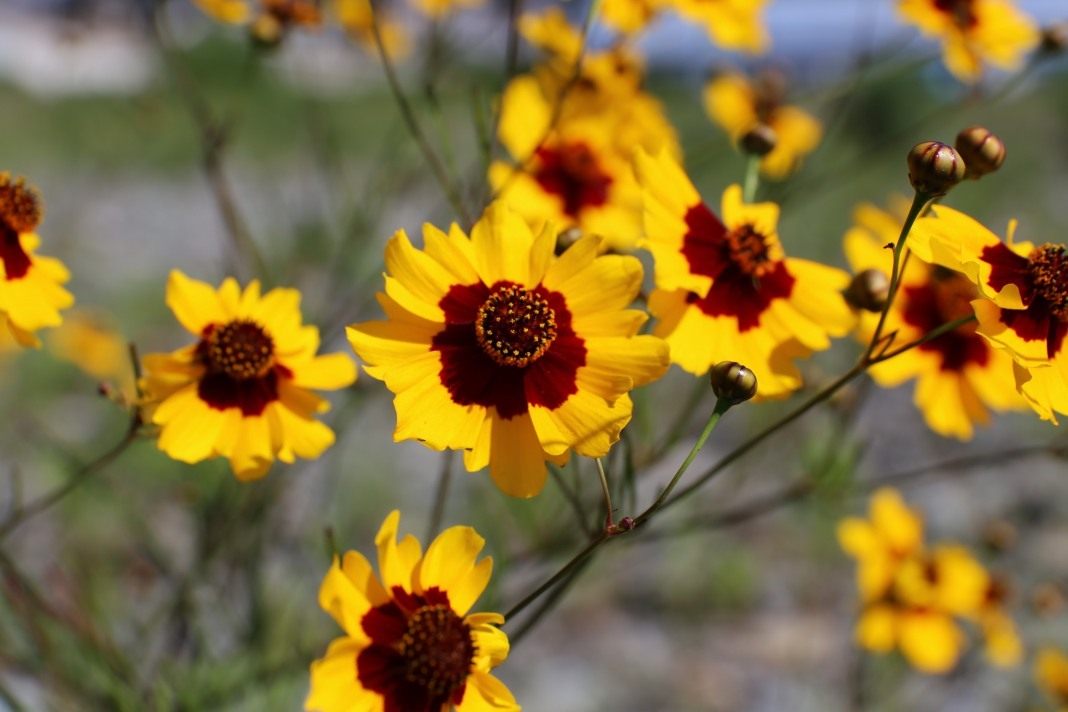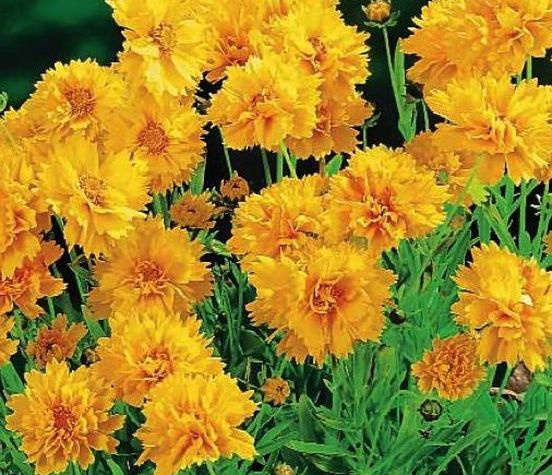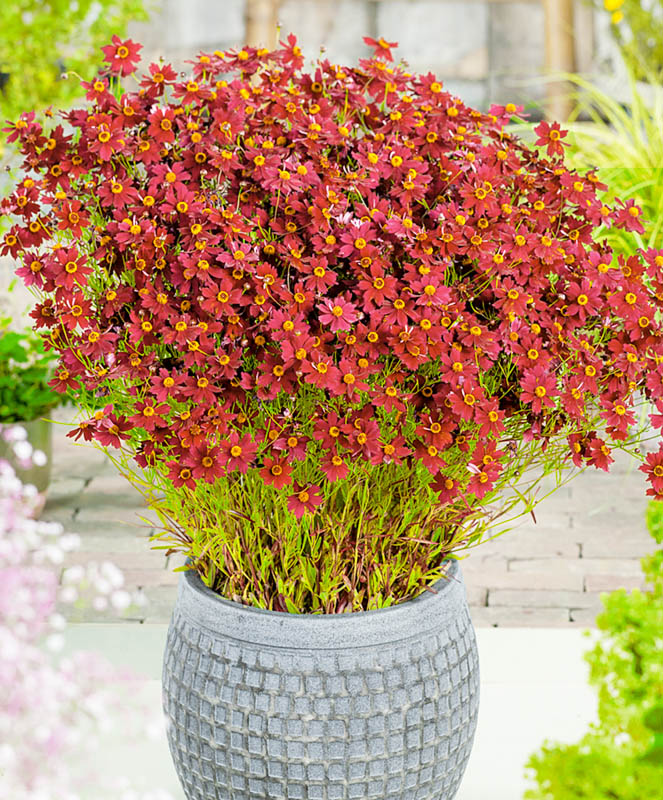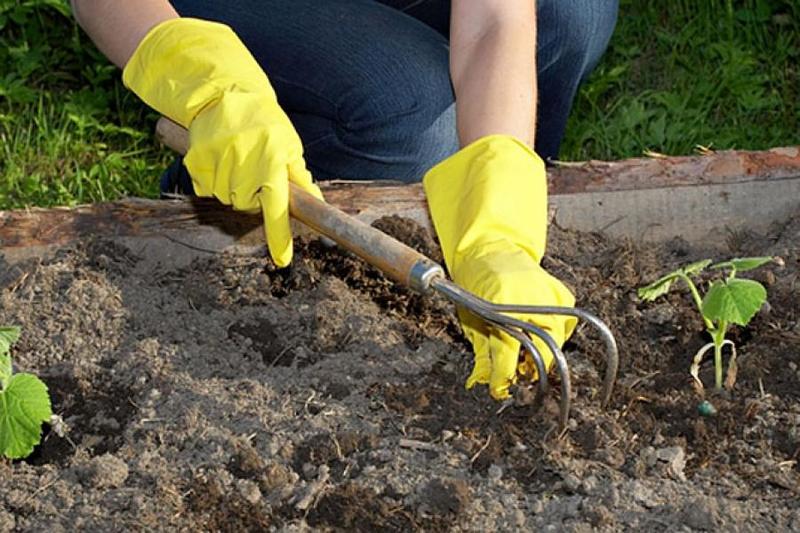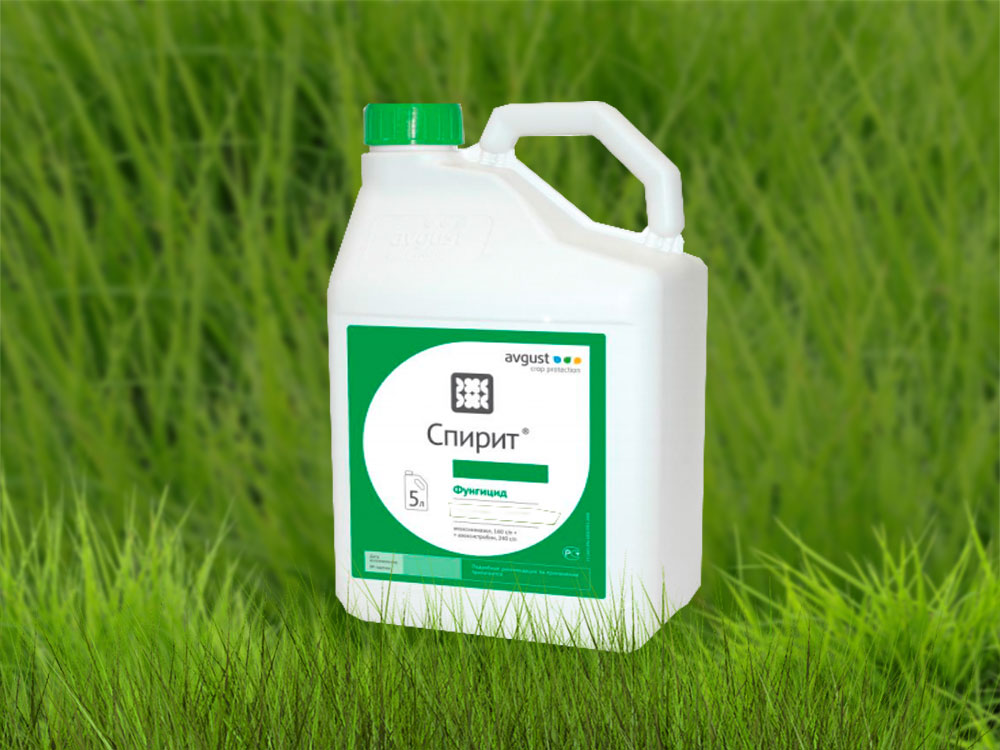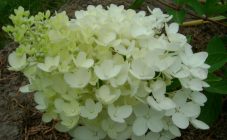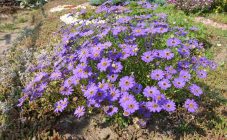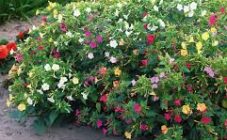Content:
Coreopsis is a shrub with beautiful vibrant flowers. Today there are more than 100 plant species that came to Russia from North America. The flowers on the shrub can be either pink or brownish-yellow. The core of the flowers is colored golden, yellow or brown. Coreopsis is characterized by frost resistance, unpretentiousness and long flowering.
Botanical features
Coreopsis in nature most often grows in dry and poor sandy soil. At home, for planting flowers, it is best to choose areas with a moderate amount of nutrients. Heavy and fertile soil will negatively affect the health of the plant, it will lose its decorative value. Any variety of flowers does not tolerate winter waterlogging.
Other botanical features of coreopsis include:
- the culture loves to grow in the sun, so shrubs should be planted in well-lit areas;
- high level of resistance to low and high temperature conditions;
- the need for systematic soil moistening during the dry period.
Popular varieties
The most common varieties of coreopsis are:
- Drummondu is a shrub that reaches a height of more than 55 cm, has brown or yellow inflorescences, the core of which is painted in brown tones.
- Dyeing is a popular type, which is often used for decorative purposes, does not require complex maintenance. Small dye yellow inflorescences can change their color to red or orange. Coreopsis annual is planted with seeds.
- Ferrule shrub, which has a large number of branches reaching a height of more than 55 cm. A huge number of inflorescences are small (no more than 2 cm in diameter). The plant is popular, as evidenced by the abundance of information about it posted on various sites and in magazines.
- Coreopsis Ruby Frost and Roulette is visible anywhere thanks to its bright flowers with red or pomegranate petals with a white border.
- Coreopsis Golden Baby is no less spectacular shrub. Abundant and long-flowering, frost-hardy compact plant with branchy stems 40 cm tall and large double flowers.
- Coreopsis Madras Magic. The large-flowered type of culture is distinguished by high branches, which sometimes reach a length of more than 1 m. The foliage of the plant, located on short petioles, is dissected or whole. Peduncles are endowed with durability. The length of double and simple inflorescences reaches 7-8 cm. Flowers can be painted in yellow-golden or dark yellow shades. The flowering period lasts from mid-July to late October. A perennial type of culture can delight with flowering for more than 3 years. It is best to plant bushes near lanceolate.
- Coreopsis whorled Coreopsis verticillata ruby red, or Sweet marmalade, can grow up to 100-105 cm in height. The whorl variety has strong and branching stems. Narrow dissected needle-like foliage is located throughout the stem. The flowers are bright yellow or pale yellow. Coreopsis whorled is a fairly popular type of plant, which is acquired for decorating the local area.Terry coreopsis is best planted in combination with lilies.
- Variegated Coreopsis is an abundant and long-flowering variety. It is recommended to plant in conjunction with coreopsis Ruby hoarfrost, lanceolate Fun.
- Coreopsis Amulet. Red-brown flowers look great in grassy borders, on rocky slopes near lanceolate flowers.
- Lanceolate coreopsis is remarkably combined with loosestrife, daylily, Veronica, Lychnis and Coreopsis Sunbeam growing in the same conditions.
- Coreopsis Sun Kiss and Coreopsis Sunstar rose will favorably highlight the flower bed and fill the garden plot with comfort. No description will convey all the beauty of the flowers of these varieties.
Reproduction methods
An increase in the coreopsis population is possible in several ways:
- A dividing method that is simple and reliable. The division of the root part of the plant is carried out at the end of March during the period of complete thawing of the soil. The soil around the flower is loosened, and the bush is very carefully dug out so as not to harm the root system of the plant. The roots are divided with a sharp knife. Several buds should be left on each of the divisions. After being seated, they need systematic care.
- In the summer, the propagation method is often used by cuttings. To do this, in the last days of June, you need to cut off a healthy shoot by 10 cm, on which there are several leaves below the internode, and plant it in a flower pot. Previously, it is worth removing all the foliage at the bottom of the branch. One pot cannot contain more than 3 cuttings. You need to grow a seedling in partial shade and water it systematically to speed up the rooting process.
Planting rules for planting seeds
So that the shrub does not wither, you need to find a sunny place for planting. Medium-fertile soil is best suited for planting seed.
Experts recommend planting coreopsis with seeds. If there is a need for flowering the bush in the first year after planting, seed should be sown in February for seedlings. As soon as the frost passes, the grown sprouts are sent to the open ground.
There are no particular difficulties in caring for and growing a crop. The most important thing is to provide the plant with bright sunlight and the necessary level of soil moisture. Growing coreopsis from seeds is a simple and quite interesting process.
Planting seed in open ground is possible both in the spring and in mid-October. Coreopsis seeds are able to withstand low temperatures. After the first shoots appear, you should start thinning them and systematically remove weeds that interfere with the growth of coreopsis. It is important to periodically moisten the soil.
Further care
Growing coreopsis is an easy process. It is necessary to provide the plant with care and give it the necessary attention. Any type of shrub is drought-resistant. Additional soil moisture is required only during periods of maximum temperature. Experts note the need for varieties with red and pink inflorescences for more frequent watering, which will contribute to abundant flowering and rapid growth of the plant.
The main requirements for caring for a plant include:
- The need to loosen the soil around the bushes after each wetting of the soil, which will help prevent the formation of a crust on the surface.
- It is necessary to feed flowers only in cases where the soil in the place where the culture grows is poor. Fertilizers are applied, as a rule, in spring, using a mineral water-soluble complex. The use of organic matter for planted and growing coreopsis is unacceptable.
- A tall crop should be tied to supports that will help support the bush. The gardener will be able to properly direct the growth of flowers. It is especially important to tie up when growing coreopsis on rich and heavy soil.
- After the beginning of flowering, it is necessary to systematically trim the dried inflorescences, which will stimulate the beginning of the formation of new flowers.
- At the end of October, it is important to cut off all the stems from the perennial crop.
- It is also important to carry out insecticide treatment, which will help rid the plant of pests.
- Treatment with special preparations will avoid the occurrence of diseases such as spotting, rust, fungal infection, fusarium. As soon as the first signs of the disease appear, the affected foliage should be immediately removed and treated with fungicides.
How to care for a plant in the fall and prepare for winter
Large-flowered varieties do not need pruning in autumn. Every 4 years, the culture should be replanted and the bushes should be divided. As a rule, engraftment in a new place of coreopsis is always successful. Flowering becomes lush and abundant.
It is very important to scoop up all the leaves that have fallen under the bushes before the onset of cold weather.
Perennial coreopsis is quite easy to grow. A garden flower culture can be a decoration in front of the house. The flower can be successfully grown by both experienced and novice gardeners.
